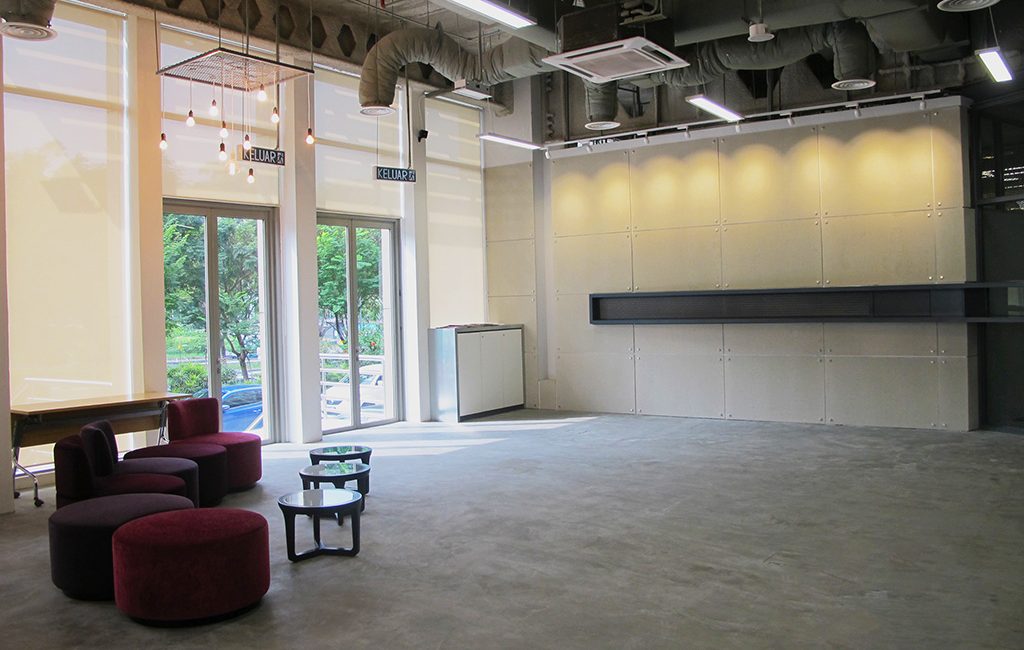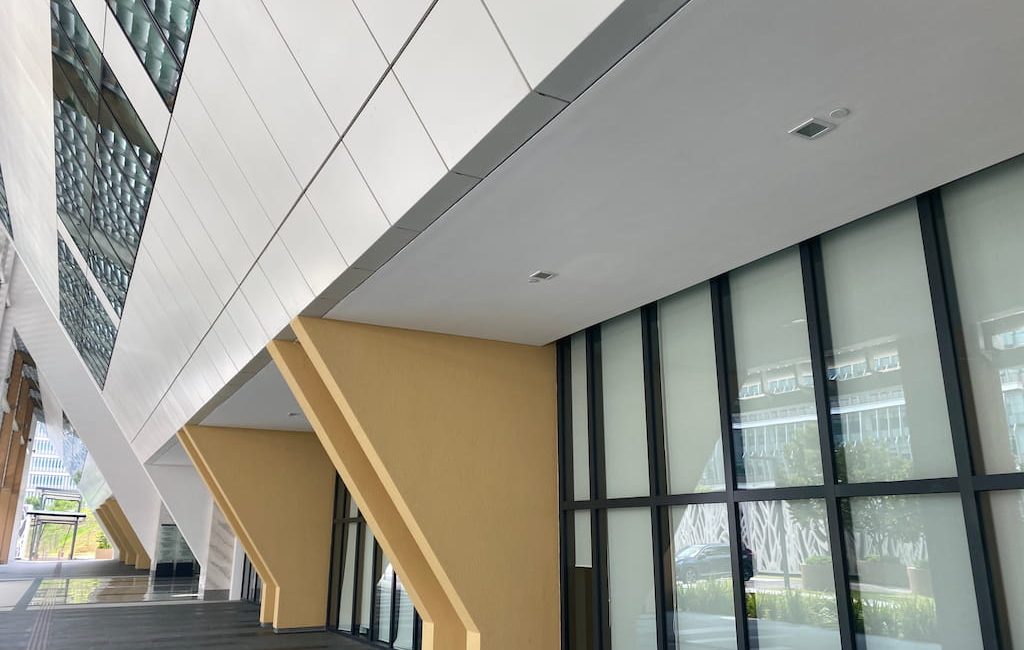Product Overview:
UCO Superflex is an autoclaved cellulose fibre cement flat board, creamy white in colour. It is a multipurpose asbestos-free, square edge board with a smooth surface.
It is tough and flexible, an ideal choice for many general building purposes, including ceiling and wall partitioning, both internally and externally. It is also used for gable end, facade, eave lining, soffits permanent formwork and substrate flooring. Available sizes 2400x450x4.5mm, 2400x600x4.5mm, 2400x1200x4.5mm, 2400x1200x6mm, 2400x300x4.5mm, 2400x900x4.5mm, 2400x750x4.5mm, 2400x1200x7.5mm & 2400x1200x9mm.
Main Uses:
- Wide range of design solutions for residential and light commercial buildings
- Residential extensions & alterations
- Ceiling installations
- Porches & verandahs
- Carports
- Soffit & eaves
Working Properties:
- Tough yet flexible, unlikely to wrap, crack or split
- Durable, resilient to normal weather conditions.
- Dimensionally stable, minimal moisture movement
- Termite free, unlike timber product that susceptible to termite attacks
- Water resistant, immune to permanent water damage
- Fire resistant, does not burn and physical properties not degraded by exposure to temperatures ranging from 0°c to 105°c
- Versatile application, suitable for all type of surface finishes
- Environment friendly, green product, 100% asbestos free, non-hazardous to health
- Maintenance-free, cost effective
For installation guide visit our Resources page.





